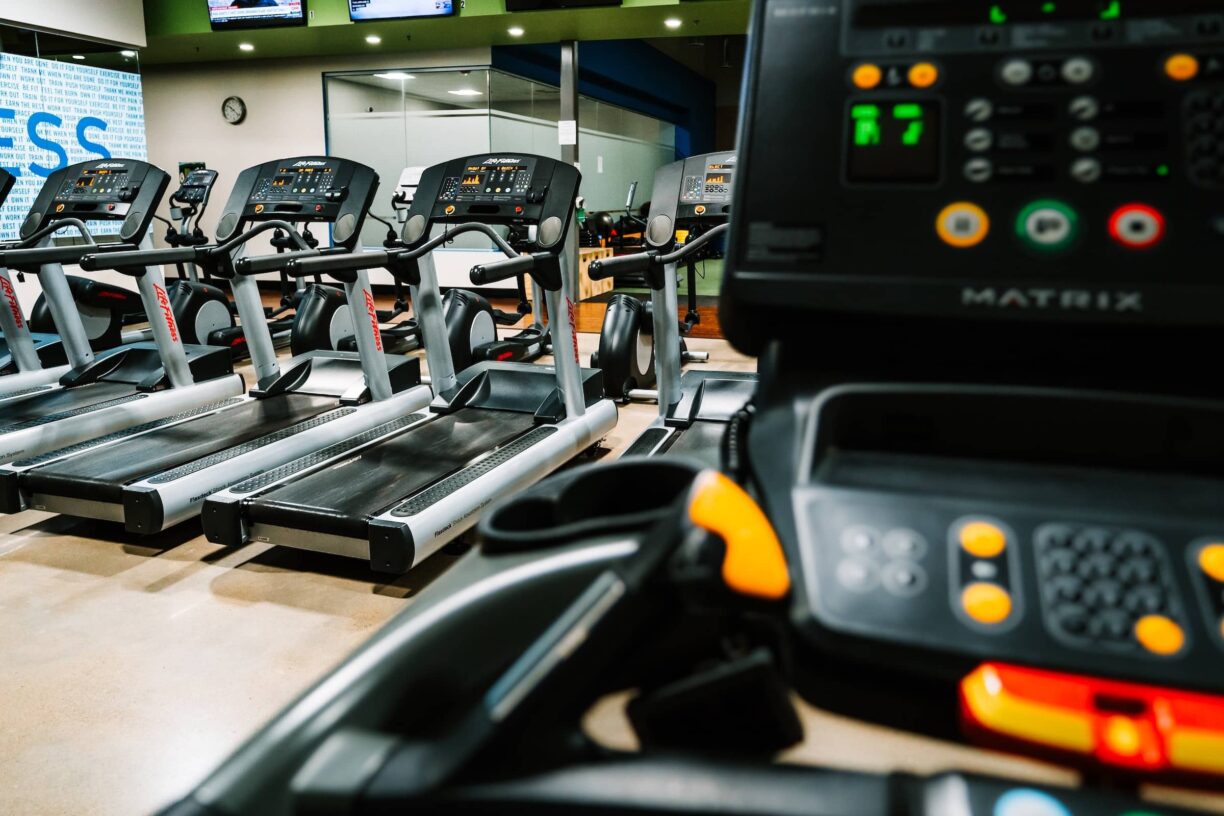It is a question and a debate that refuses to go away, with passionate advocates on both sides. The goalposts have changed slightly of late, as technology advances ever forward both in terms of the treadmills themselves, and the runners’ ability to distract themselves while they are on it. Nowadays, it is possible to do your 10k while reading your emails, listening to a podcast, checking OddsChecker’s latest betting offers for that week, or even catching up on the latest Netflix series. Aside from that, though, what are the pros and cons of running on the treadmill as opposed to in the great outdoors?
Road Running – The Advantages
Surely there is nothing better than running through the open countryside, the fresh air through your hair and in your lungs? Boredom is something a lot of runners struggle with, or is the reason many people don’t start to begin with. Running through an interesting, ever-changing and natural landscape, is one solution to that.
Running outdoors gives a wide range of different challenges in terms of different surfaces, changing weather conditions, gradients, turns etc etc, which gives you a more rounded, complete workout, and one that burns more calories.
Anyone can do it, and it doesn’t cost a penny. Just open your front door and begin, no monthly gym membership fees, and your workout begins as soon as you leave your house.
People who struggle with motivation are the same people who, if their heart (or legs) aren’t in it one day, simply switch off the treadmill halfway through. It is harder to do that if you are 5k into your run!
Road Running – The Disadvantages
Ok, sometimes the great outdoors aren’t so great. Not everyone has the advantage of having a park or lush green countryside on their doorstep.
Running along the pavements of a major city with its crowds and pollution is not many people’s idea of a fun, healthy pursuit. And yes, if we are being completely honest, the weather is not always ideal, and though the wind does help keep you cool and increase resistance to burn those extra calories, a force eight gale is nobody’s friend when exercising. Add some rain, snow, ice or fog into the mix, and it’s enough to get anyone dreaming of a dry treadmill.
It is a fact that more knee, foot and ankle injuries are sustained when running outdoors than in a gym. This is almost entirely due to poor or uneven surfaces and terrain, all of which can be exaggerated by the weather conditions mentioned above.
If something does go wrong, it is not merely a case of pressing stop or stepping off. You need to get home.
Some people are not comfortable running outside on their own, especially after dark or at night, which is the time many people only have time to fit in their runs.
Treadmill – The Advantages

Love it or loath it, the treadmill is always there for you (assuming your gym has forked out for enough machines to meet demand). Your exercise regime isn’t dependent on there being ideal weather conditions or less than perfect temperatures.
You can tailor your distance and gradient dependent on your mood, the time available or the stage of your training, something that is not that straightforward if you are restricting yourself to the routes available outside.
The gym is a safe environment, a crucial factor for many who run alone or can only fit in their runs in the evening or at night.
Treadmills are designed to be easier on your knees, ankles and feet than road conditions, as they offer a more cushioned surface. They also provide a consistent, flat terrain.
Both of these mean that you are a lot less likely to sustain an injury while running on a treadmill, and therefore they are more suitable for those coming back from an injury.
Additionally, if you feel a twinge or worse, it is easy to stop and rest up, something that is not the case if you are halfway up a hill.
As alluded to in the opening paragraph, the outdoors can’t compete with the distractions and entertainment that are available for today’s treadmill runners, some of which are specifically designed with this in mind.
It is easier to carry and therefore take on sufficient quantities of fluids.
Treadmill – The Disadvantages
Treadmills have improved, but two things they cannot recreate is running downhill or running around bends, meaning that certain muscles, stability and agility skills will not be trained, whereas they are when running outdoors.
The facts mentioned above, added to the lack of weather in a gym, mean that if you are training for an event outdoors, merely doing the same distance on a treadmill is probably not going to cut it.
Many people find it hard to find their pace on a treadmill, and it is dictated by the numbers you punch into the machine, as opposed to what feels right or natural for you. Added to that, being stationary, you don’t get a sense of speed or distance when running on a treadmill.
As well as the lack of wind resistance, it is actually easier running on a treadmill than “the real thing”. This is because on a road you are using your legs to propel yourself forward, something that doesn’t happen on the treadmill. Setting the incline to 1% does compensate for this.
So In Conclusion
As you can see there are many pros and cons for both methods, and neither one is perfect, or indeed a waste of time.
Like with everything in life, especially when it comes to exercise, it is best to choose the one that fits in best with your needs at that specific time, as long as you are making the choice for the right reasons, not the one that is easiest.
Very often a combination of the two is the best solution, keeping in mind the comments above about the limitations of treadmill training when it comes to preparing for an event.
The most important thing to take away from this is that any (safe) running is better than none, wherever you do it.
